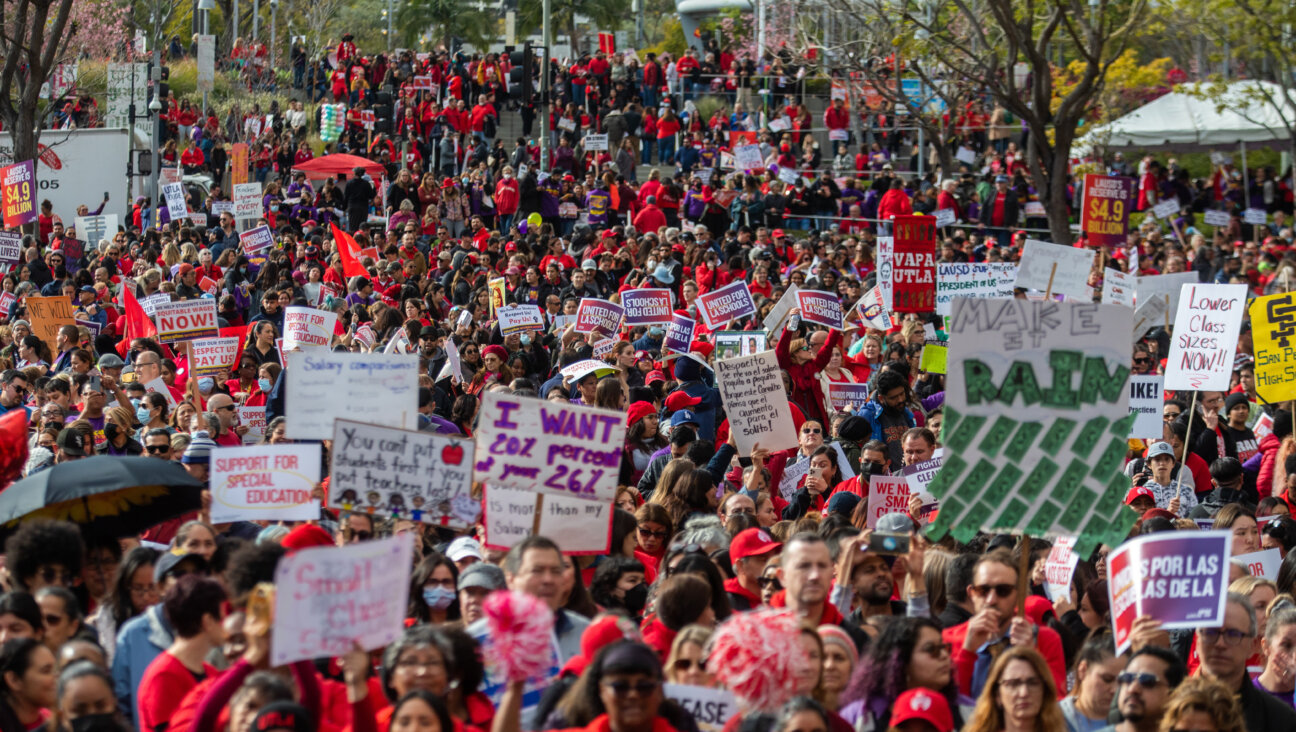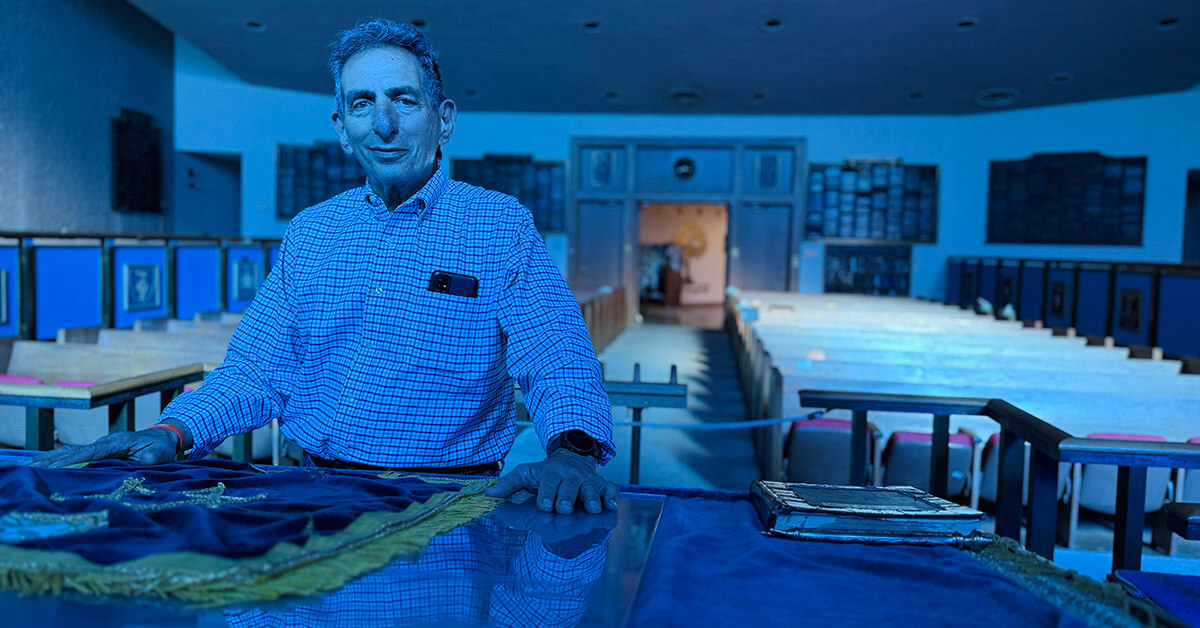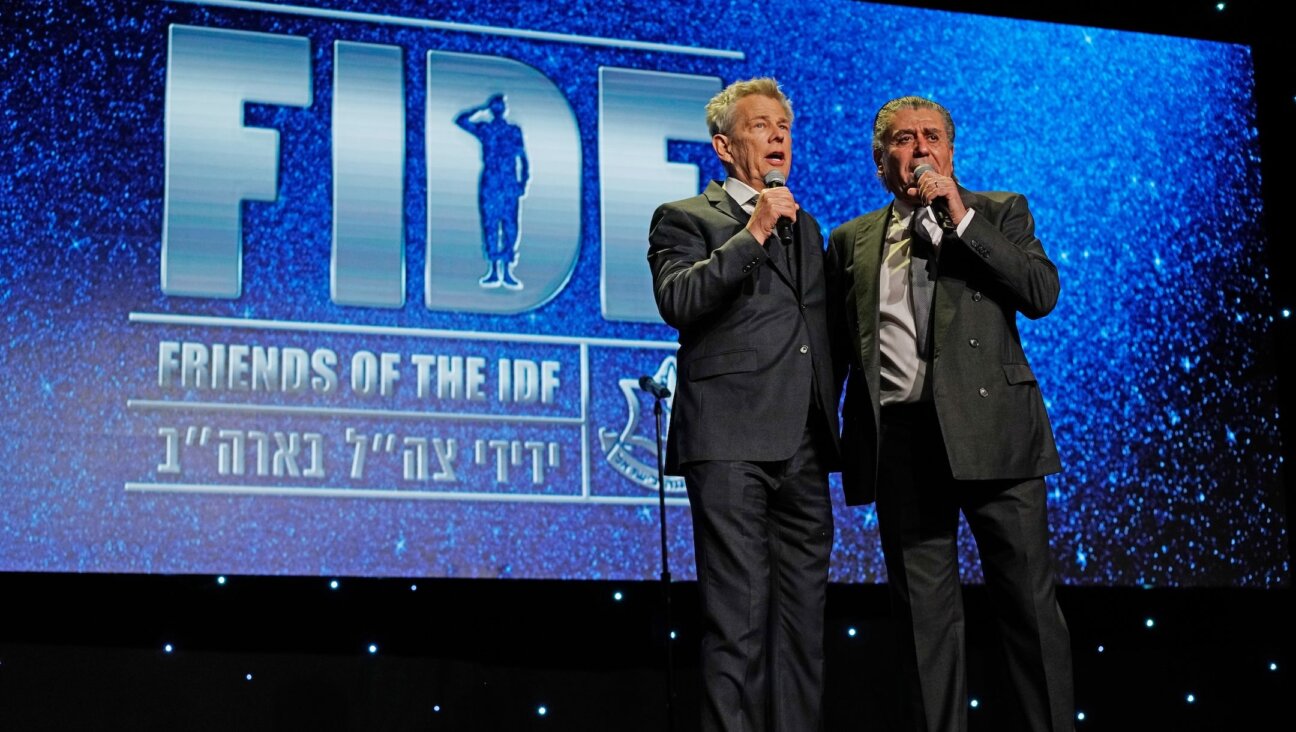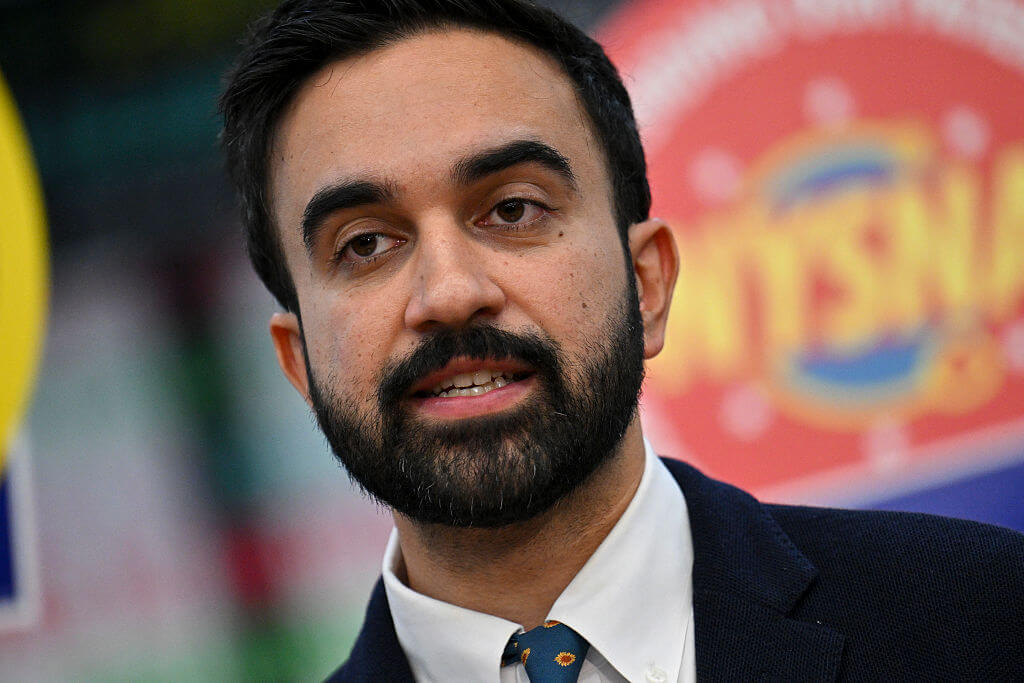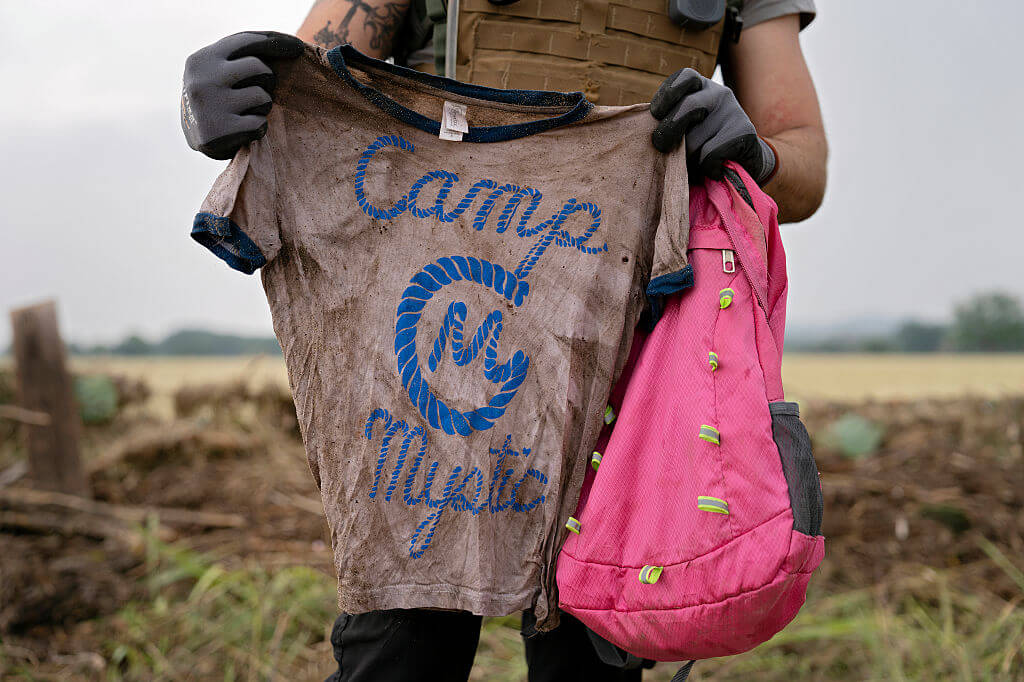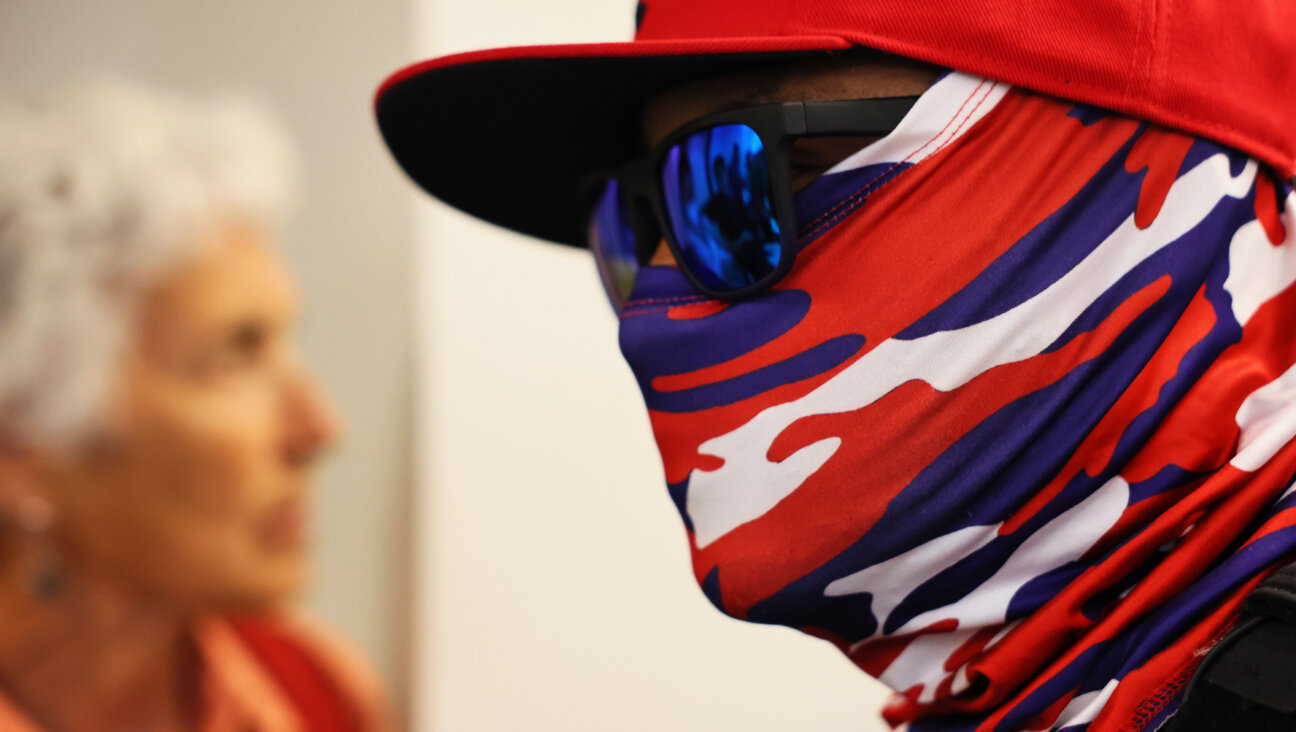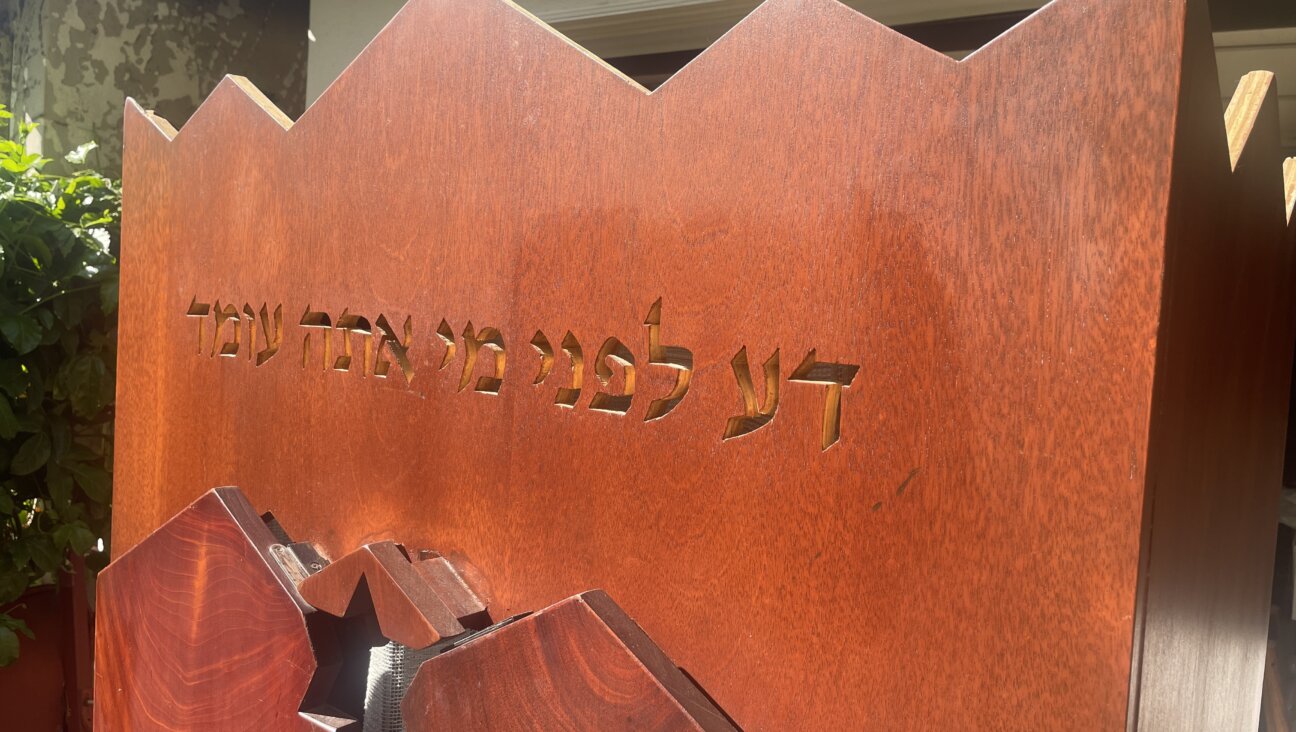How a New Means of Production Made Matzo Modern
If white bread and apple pie can be said to be America’s contribution to gastronomy, surely mass-produced matzo is not far behind. The invention, in 1838, of a machine to knead matzo, followed five decades later by the opening of America’s first matzo factory, in Cincinnati, Ohio, by Rabbi Dov Behr Manischewitz, radically transformed this age-old ritual food item into a modern-day commodity.
As it rolled off the assembly line onto the shelves of grocery stories everywhere,aided by electric eyes and a special “matzos machine” invented by Behr Manischewitz’s son, Jacob Uriah, mass-produced matzo heralded the union of technology and tradition, a union that many manufacturers eagerly championed. “No human hand touches these matzas in their manufacture,” crowed B. Manischewitz Matzo Co., while Horowitz Bros. & Margareten, one of its competitors, insisted that it followed “carefully computed formulae” when making its matzo. “We have raised the kneading and baking of Matzoh from a haphazard, careless, hit-or-miss process to a science,” the company explained. “The temperature of the oven to the exact degree, and the time of the baking in seconds, as well as the thickness of the Matzoh in fractions of an inch, are all noted.”
The claims of technology went only so far in getting American Jews to forsake the irregularly shaped, hand-baked discs of matzo, typically wrapped in newspaper, for those standardized, square sheets neatly ensconced in a cardboard box. The promise of variety went even further in breaking down the last crumbs of consumer resistance. What with six different kinds of matzo, from “hygienic” and egg-flavored to “tea” matzos and “Matzos (plain),” or “bite-sized Matzo Crackers” (Boasted Manischewitz, “Nothing Like It Ever Before!”), American Jewish consumers had no reason to complain of “matzo monotony” come Passover.
U.S. shoppers were not the only ones beguiled by mass-produced matzo. According to culinary historian Eve Jochnowitz, the organizers of “Building the World of Tomorrow,” as the New York World’s Fair of 1939-40 was called, were also fascinated by what they took to be the “sanitary and painstaking conditions” under which modern-day matzo was being made, and invited Horowitz Bros. & Margareten to showcase its wares along with Coca-Cola, Jell-O and Campbell’s Soup. The presence of a model matzo factory on the fairgrounds, explained the Department of Industrial Exhibitions, which tendered the invitation in 1938, would illustrate the values of the World of Tomorrow: “cleanliness, speed and precision.” For reasons that are unclear, a matzo factory never did grace the World’s Fair. All the same, the idea of exhibiting one underscored the public’s fascination with the modernizing of ancient foodstuffs.
Not everyone, though, welcomed mass-produced matzo with open arms. At first,the traditional rabbinate in America and Europe expressed grave reservations about both the process and the product, branding them as treyf, or unkosher. Some wondered whether a machine could truly prevent chametz from coming into contact with and contaminating the matzo; others worried about economic displacement, fearful that thousands of people traditionally employed as kneaders and rollers might lose their jobs. And still others voiced their objections in halachic terms, concerned, among other things, by the possibility that the mitzvah of making matzo might get lost amid all the high-powered technology.
To reassure members of the rabbinate that mass-produced matzo did not contravene the principles they held dear, Manischewitz, for its part, assiduously sought the support — and rabbinic approval — of Torah sages in Jerusalem. As Brandeis University historian Jonathan Sarna points out, the Manischewitz family took great pains to cultivate ties with the Holy Land, even going so far as to establish a yeshiva in Jerusalem that bore its name, all with an eye toward upholding the company’s reputation as a trustworthy and reliably religious endeavor.
To get that message across, the B. Manischewitz Co. and other matzo manufacturers such as A. Goodman & Sons, Inc. made much of advertising, itself an unmistakably modern mode of communication. In addition to taking out full-page ads in the Yiddish and Anglo-Jewish press and adorning their products with all manner of rabbinic endorsement (“There is none more faithful to be found”), they also broadcast the virtues of their products on the radio — Yiddish radio, that is. “Manischewitz Matzo, buy, buy, buy” went a 1933 on-air jingle whose lyrics were written by dramatist Nahum Stutchkoff and whose music was composed by Sholom Secunda of “Bei Mir Bist Du Shayn” fame. When not literally singing the praises of Manischewitz Matzo, Stutchkoff, author of a Yiddish thesaurus, was given to peppering his advertisements with enticing adjectives: “clear,” “burnished” and “pearl-like,” it was matzo with a “thousand tastes.” (You can actually hear Nahum Stutchkoff hold forth by visiting www.yiddishradioproject.org/exhibits/stutchkoff/.)
With friends like these, is it any wonder that mass-produced matzo became as American as, well, white bread and apple pie?







